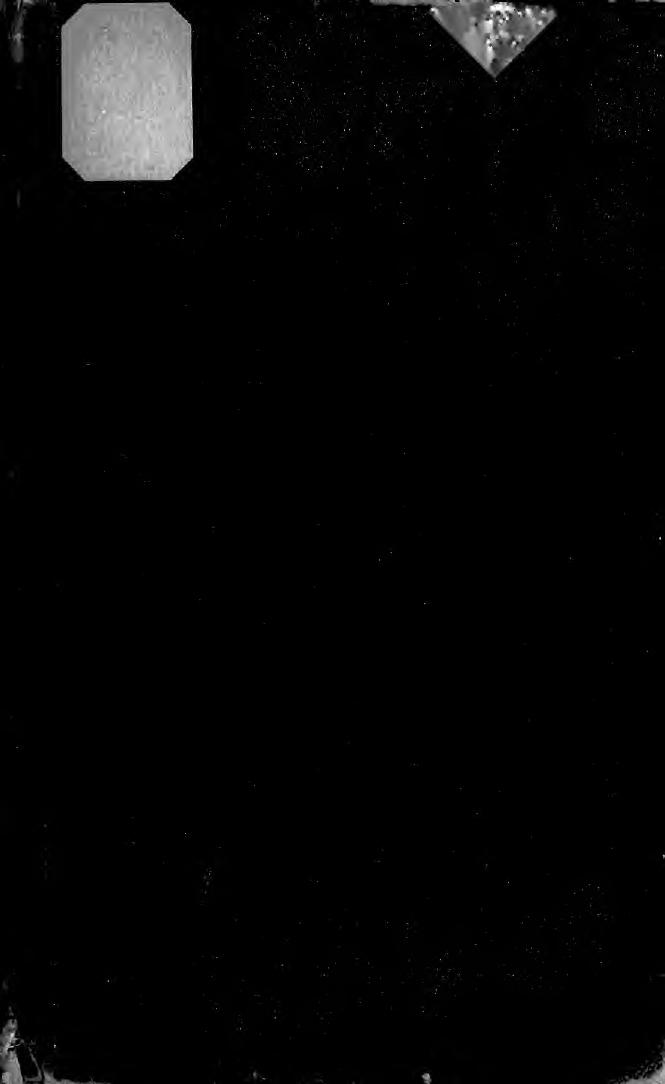Railroad construction : theory and practice : a textbook for the use of students in colleges and technical schools by Webb Walter Loring 1863-1941

Author:Webb, Walter Loring, 1863-1941
Language: eng
Format: epub, pdf
Tags: Railroads
Publisher: New York : J. Wiley
Published: 1908-03-25T05:00:00+00:00
? 295.
YARDS AND TERMINALS.
343
> < :^
n
o
O
o
o o
o
OD
>^
^;
o
I
7 Yards are preferably built so that the tracks have a grade of 0.5%—sometimes a little more than this—in the direction of the traffic through the yard. This grade, which will overcome a tractive resistance of 10 pounds per ton, will permit cars to be started down the ladder tracks by a mere push from the switching engine. They are then switched on to the desired storage track and run down that track by gravity until stopped at the desired place by a brakeman riding on the cars
8. Although not absolutely necessar}% there is an advantage in having all frog numbers and switch dimensions uniform. No. 7 frogs are most commonly used. Sharper-angled frogs make easier riding, less resistance and less chance of derailment, but on the other hand require longer leads and more space. No. 6 and even No. 5 frogs are sometimes used on account of economy of space, but they have the disadvantages of greater tractive resistance, greater wear and tear on track and rolling stock, and greater danger of derailment.
296. Relation of yard to main tracks. Safety requires that there should be no connection between the yard tracks and the main tracks except at each end of the yard, where the switches should be amply protected by signals. Sometimes the main tracks run through the yard, making practically two yards—-one for the traffic in either direction—but this either requires a double layout of tracks and houses (such as ash tracks, coal-chutes, sand-houses, etc.), or a very objectionable amount of crossing of the main-line tracks. The preferable method is to have the main hne tracks entirely on the outside of the yard. A method which is in one respect still better is to spread the main tracks so that they run on each side of the yard. In this case there is never any necessity to cross one main track to pass from the yard to the other main track; a train may pass from the yard to either main track and still leave the other main track free and open. The ideal arrangement is that by which some of the tracks cross over or under all opposing tracks. By this means a.11 connections between the j^ard and the main tracks maybe by''trailing" s\vitches; that is, trains will run on to the main track in the direction of motion on that main track. Of course all this applies only to double main track.
An important element of yard design is to have a few tracks immediately adjoining the main tracks and separate from the yard proper on which outgoing trains may await their orders to take
Download
Railroad construction : theory and practice : a textbook for the use of students in colleges and technical schools by Webb Walter Loring 1863-1941.pdf
This site does not store any files on its server. We only index and link to content provided by other sites. Please contact the content providers to delete copyright contents if any and email us, we'll remove relevant links or contents immediately.
| Automotive | Engineering |
| Transportation |
Whiskies Galore by Ian Buxton(41522)
Introduction to Aircraft Design (Cambridge Aerospace Series) by John P. Fielding(32881)
Small Unmanned Fixed-wing Aircraft Design by Andrew J. Keane Andras Sobester James P. Scanlan & András Sóbester & James P. Scanlan(32566)
Craft Beer for the Homebrewer by Michael Agnew(17925)
Turbulence by E. J. Noyes(7689)
The Complete Stick Figure Physics Tutorials by Allen Sarah(7134)
Kaplan MCAT General Chemistry Review by Kaplan(6582)
The Thirst by Nesbo Jo(6431)
Bad Blood by John Carreyrou(6268)
Modelling of Convective Heat and Mass Transfer in Rotating Flows by Igor V. Shevchuk(6218)
Learning SQL by Alan Beaulieu(6023)
Weapons of Math Destruction by Cathy O'Neil(5817)
Man-made Catastrophes and Risk Information Concealment by Dmitry Chernov & Didier Sornette(5638)
Digital Minimalism by Cal Newport;(5376)
Life 3.0: Being Human in the Age of Artificial Intelligence by Tegmark Max(5180)
iGen by Jean M. Twenge(5149)
Secrets of Antigravity Propulsion: Tesla, UFOs, and Classified Aerospace Technology by Ph.D. Paul A. Laviolette(4972)
Design of Trajectory Optimization Approach for Space Maneuver Vehicle Skip Entry Problems by Runqi Chai & Al Savvaris & Antonios Tsourdos & Senchun Chai(4837)
Electronic Devices & Circuits by Jacob Millman & Christos C. Halkias(4739)
